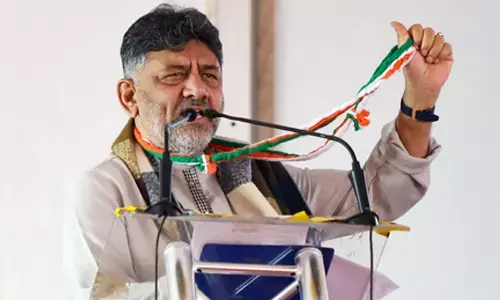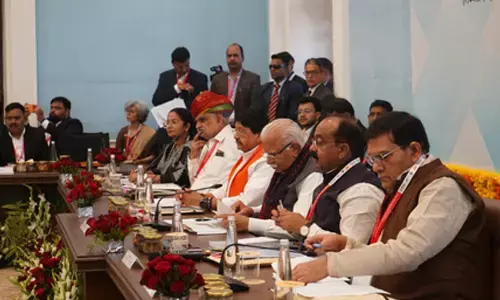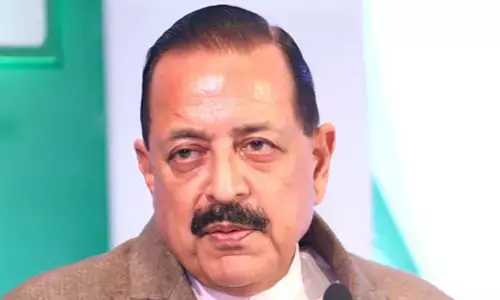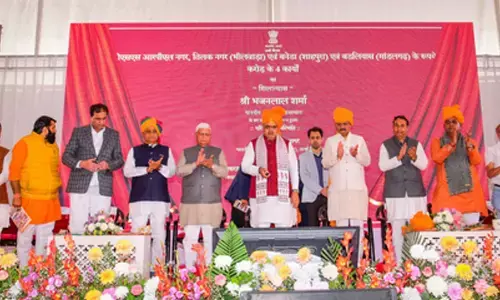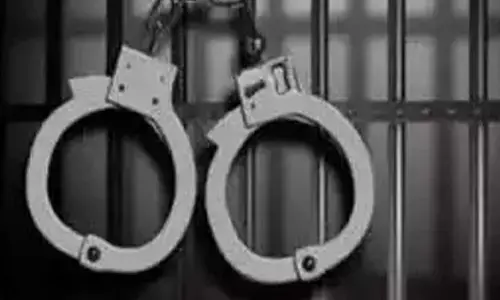Exemption to CETPs will be a big mistake
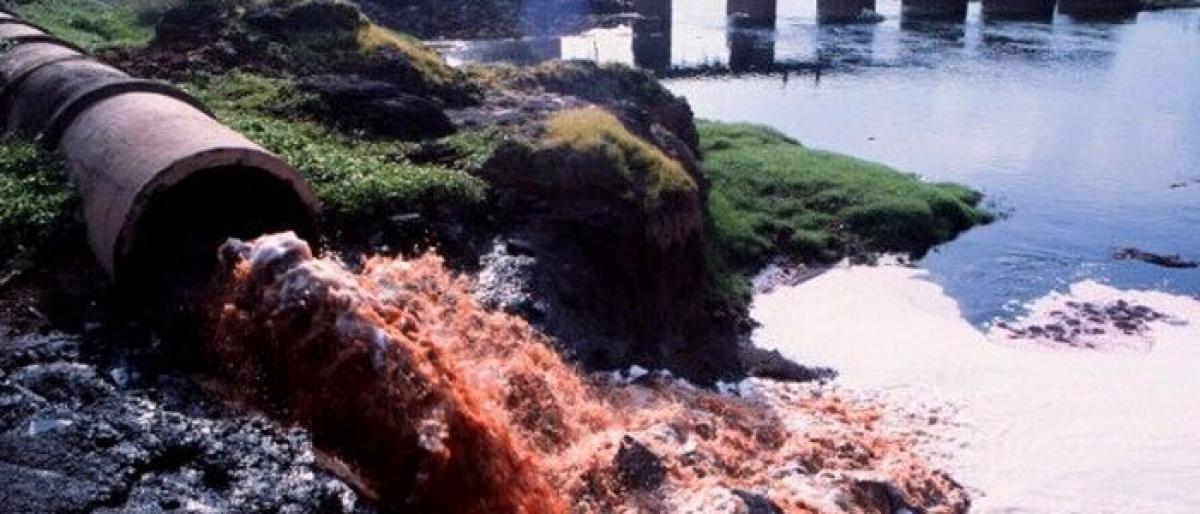
It was shocking to see a fresh draft notification by the MOEF, dated June 21, 2018 that proposes, EC for CETPs setup for or within projects or activities which do not require EC are exempted Exempting common effluent treatment plants CETPs from environment clearance process, including environment impact assessment and environmental public hearing is a huge mistake
It was shocking to see a fresh draft notification by the MOEF, dated June 21, 2018 that proposes, “EC for CETPs setup for or within projects or activities which do not require EC are exempted.” Exempting common effluent treatment plants (CETPs) from environment clearance process, including environment impact assessment and environmental public hearing is a huge mistake.
CETP was originally promoted by the Ministry of Environment and Forests (MoEF) in 1984 with the purpose of minimising waste water treatment costs for a large number of small and medium scale industries.
Following objections, much later, CETPs were included in the Environmental Impact Assessment (EIA) Notification-2006, issued on September 14, 2006. As per this notification, all new CETP projects including expansion and modernisation require prior environmental clearance.
Based on pollution potential, in general these projects are classified into Category B. Most CETPs are established for the highly polluting Red Category industries such as tannery, textile, electroplating, chemicals and pharma. Environment clearance process was always there on account of potential pollution from the particular project, and EIA is a critical step in this clearance process.
There is no substantial explanation as to why this exemption is required at all. At best, this can be interpreted as a method that dilutes the environment clearance process. As it is, many proposed industrial estates avoid prior environment clearance process, which itself has been diluted, circumvented and obfuscated. In this regard, this exemption would mean whatever controls were achieved in the establishment of CETPs have been lost.
In the past, civil society in India has flagged many issues related to CETPs. Yet, CETPs have become tools that exonerate individual industries from liability principle. By exempting CETPs also from the EC process, MOEF is clearly abdicating its responsibility to enforce ‘polluter pays’ principle. Exemption for CETPs would give carte blanche clearance for all polluting actions.
The concept of CETP was adopted to achieve end-of-the-pipe treatment of combined wastewater to avail of the benefits of scale of operation. In addition, CETP also facilitates reduction of a number of discharge points in an industrial estate for better enforcement and also to make skilled man power available for proper treatment of effluents.
A Central Pollution Control Board Report in 2011-12 revealed that 193 CETPs have been installed in the country, which serve 212 industrial areas/estates. Way back, in 1994, we struggled against Patancheru Effluent Treatment Limited, which is one of the earliest CETPs in the country.
All CETPs have become an industry by itself, promoted by companies, receiving industrial effluents with varied composition as raw materials and releasing effluents for a payment.
Over a period, CETPs received effluents at a cost and released them without any effective treatment and made huge profits. Thus, they are the major contributors of pollution and contaminants. A CPCB report in 2014 listed 10 critically polluted areas, across India, with running CETPs, indicating that we cannot take CETPs as a solution. They are part of the problem.
There is no doubt that all the members of CETPs across India individually as well as cumulatively are discharging almost untreated effluents into natural streams, contaminating precious drinking water sources. The net result is a pollution of staggering dimensions and poisoning pollution inflicting untold suffering on innocent rural humanity.
To say the least, this action amounts to centralised collective criminal act. Pollution regulation authorities have been a party to this act, by projecting CETPs as an answer before the judiciary and top decision-makers. Only after a long struggle did CETPs come to be included in the environment clearance, requiring EIA of all new CETP proposals. Most CETP promoters received government subsidies as well.
Yet, government does not deem it important to control CETPs. State Pollution Control Boards have always been hesitant in monitoring CETPs. Thus, participating in the environment clearance process was the only tool available for local residents to prevent establishment of CETPs. The draft notification takes away such participation.
In recent years, CPCB wanted all CETPs to install online continuous effluent monitoring system as a mechanism to monitor them.
This has not been complied with. Despite this situation, MOEF is responding to unknown requests for exemption of CETPs from the environment clearance process. MOEF should be transparent in discussing these requests. It should develop a Status Report on CETPs. This report should be the basis for discussion and debate on the future course of regulatory measures.
Further, it is known that pollution prevention is preferable than to rely on end-of-pipe pollution controls, including CETPs. Establishment of CETPs should be discouraged, by making the environment clearance process and EIA process more stringent and rigorous.
By: Narasimha Reddy Donthi











